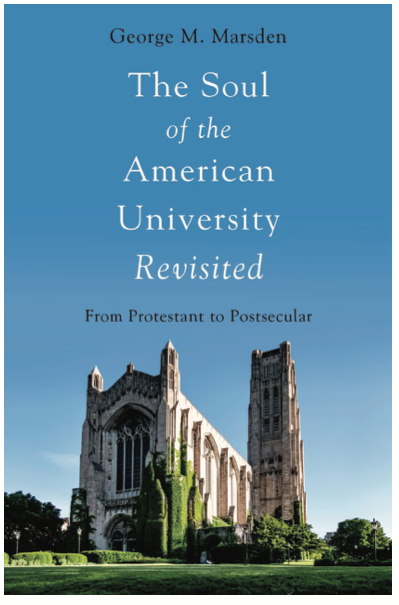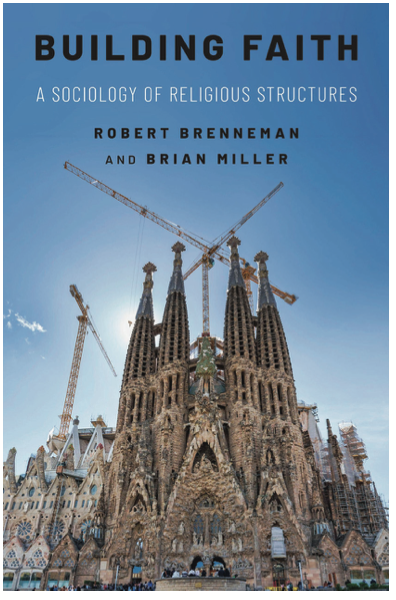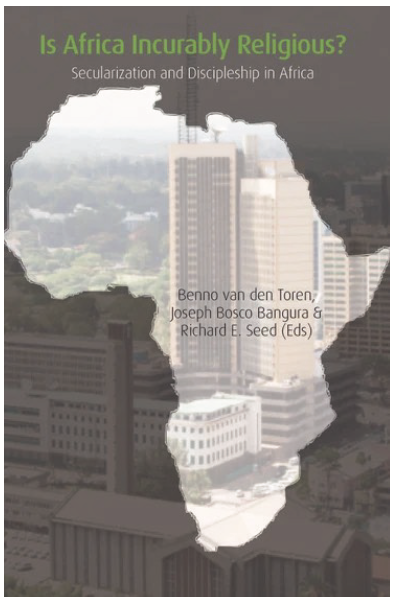

Even if secularism is less unified, university administrators mimic the secular fixation on market based programs. It is this form of market secularization that Marsden seems most concerned with, as he thinks the culture wars may be ameliorated as religious and cultural minorities press for their rights and continue to bring actual diversity to education and society. He is more critical of the rise of “populist evangelicalism” encouraged by the Trump presidency, which he sees as reviving an anti-intellectual mood that could threaten the progress evangelicals have made in higher education. Apart from the symposium, evangelical theologian Carl Truman weighs in on the debate on Marsden’s work in the magazine First Things (November) and argues that, contra Marsden, “Today’s cultured despisers of Christianity do not find its teachings to be intellectually implausible; they regard them as morally reprehensible…This was the point missed by…Marsden—though it may not have been as obvious at Wheaton College or the University of Notre Dame in the nineties as it is almost everywhere in higher education today…By definition, such a world rejects any notion that scholarly canons, assumptions, and methods can be separated from moral convictions and outcomes. Failure to conform to new orthodoxies on race, morality, sexual orientation, and gender identity is the main reason orthodox Christianity is despised today.” For more information on the symposium, visit: http://christianscholars.com. The First Things article can be downloaded at: https://www.firsehings.com/article/2021/11/the-failure-of-evangelical-elites

But the authors provide interesting examples showing how buildings repurposed by succeeding religious groups over generations may take on layers of new structures drawing on different theologies, and how diverse traditions may also have an effect on congregants. For instance, how does an Antiochian Orthodox Church reconcile its Middle Eastern architectural style with the constraints of the architecture of its original Lutheran Church-Missouri Synod building? Such conflicting styles may lead the current congregation to emphasize its distinctive architectural style, paying special attention to doorways and the use of lighting and darkness to enhance its identity and “emotional energy” for worshippers. The authors also look at whether there is a national architectural style that may override religious styles, concluding that even countries as different as the U.S. and Guatemala share common approaches to their buildings. There are growing transnational and globalized influences and exchanges; evangelical congregations in Guatemala visit American megachurches and may borrow their styles, while it may also be the case that architectural styles may “follow immigrants to the United States as they acquire and build their own structures.”

The prosperity teachings that are evident in many churches are part of an older pragmatic philosophy that relates spirituality to worldly concerns with wealth and health, is indifferent to suffering, and easily dovetails into more secular modes of life and thought. Add to that the fact that Western education models stressing science as a secular value have been widely imported into Africa (as seen in the French-speaking parts of western Africa, such as the Ivory Coast and Cameroon), and it is not difficult to understand the growth of secularism, especially among the urban elite and in the diaspora. Several contributors, meanwhile, see the growth of Christianity and its separation of God’s action from nature and everyday life as a logic leading to secularization. Several chapters are more empirical; one survey shows how African theology students do not imbibe a wholesale version of secularism from their university studies, moving not toward atheism but rather a relativizing perspective of religious pluralism. Another chapter illustrates how secularizing effects are most powerful in the diaspora, providing a small case study showing how second-generation mixed-race African Pentecostal migrants in Belgium are more influenced by their secular surroundings than by their families, bringing up the need to find contextualized forms of faith that are not tied to African spirituality.